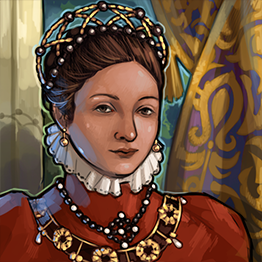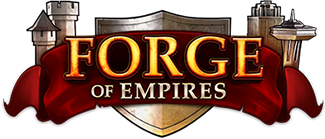Maria Stuart: mudanças entre as edições
Sem resumo de edição |
Sem resumo de edição |
||
| Linha 1: | Linha 1: | ||
[[File:Maryst.png]]<span style="color:#ffce6c;>''The way we measure the days and years is defined by the cycles of the Sun and Moon. But a lunar year, that spans 12 moon cycles, and a solar year, that features all seasons, do not have the same length. This eventually caused problems in 1582...''</span> | [[File:Maryst.png|left|link=]]<span style="color:#ffce6c;>''The way we measure the days and years is defined by the cycles of the Sun and Moon. But a lunar year, that spans 12 moon cycles, and a solar year, that features all seasons, do not have the same length. This eventually caused problems in 1582...''</span> | ||
Edição das 21h27min de 15 de julho de 2016

The way we measure the days and years is defined by the cycles of the Sun and Moon. But a lunar year, that spans 12 moon cycles, and a solar year, that features all seasons, do not have the same length. This eventually caused problems in 1582...
Every four years, February is a day longer than usual. Where does it come from? Follow the questline and find out!
Did you know? 2016 was a Leap Year! What does that mean? This historical questline gave us the answer to this and many other questions about the history of... time. Why do we have leap years? Why are there ten days missing from the year 1582 calendar? How did it happen and how does this affect our lives nowadays? It was all revealed to those curious enough to travel through history from February 25th to March 3rd.
